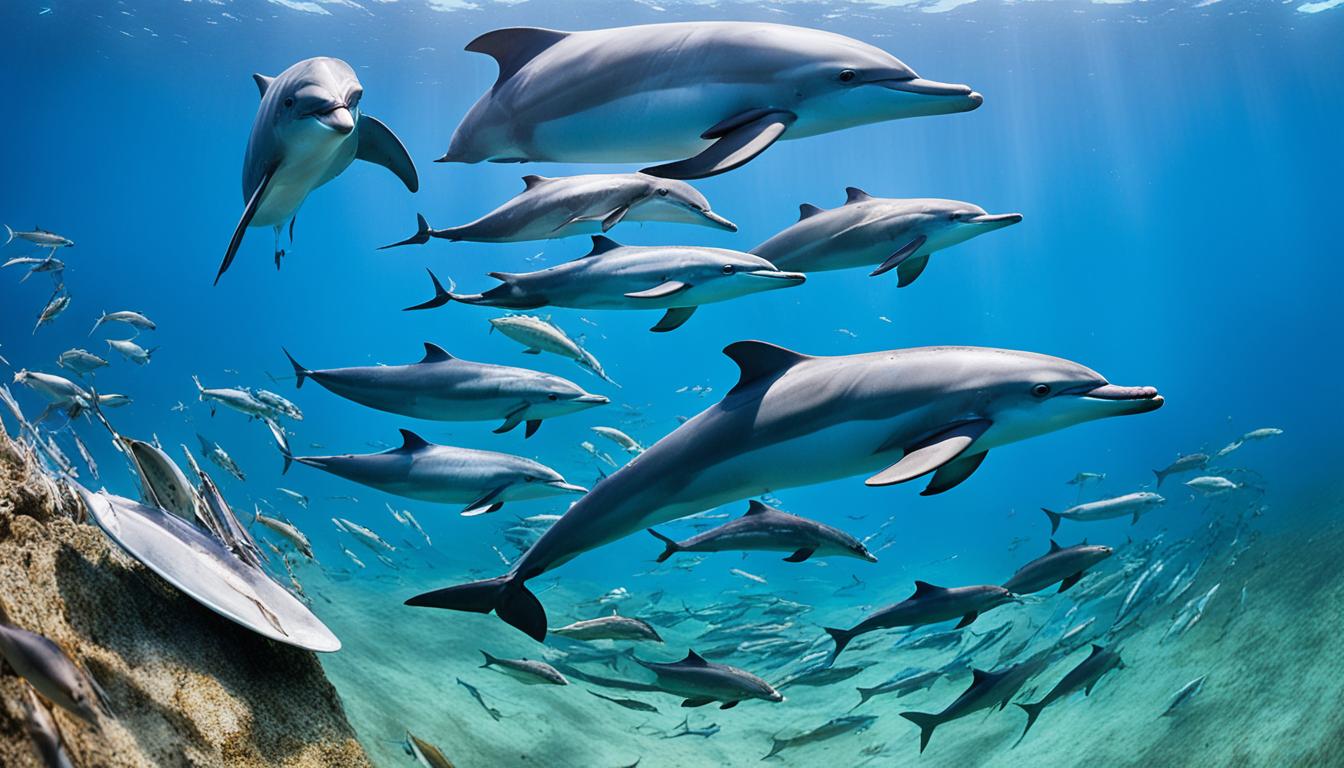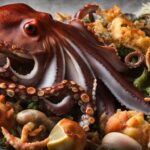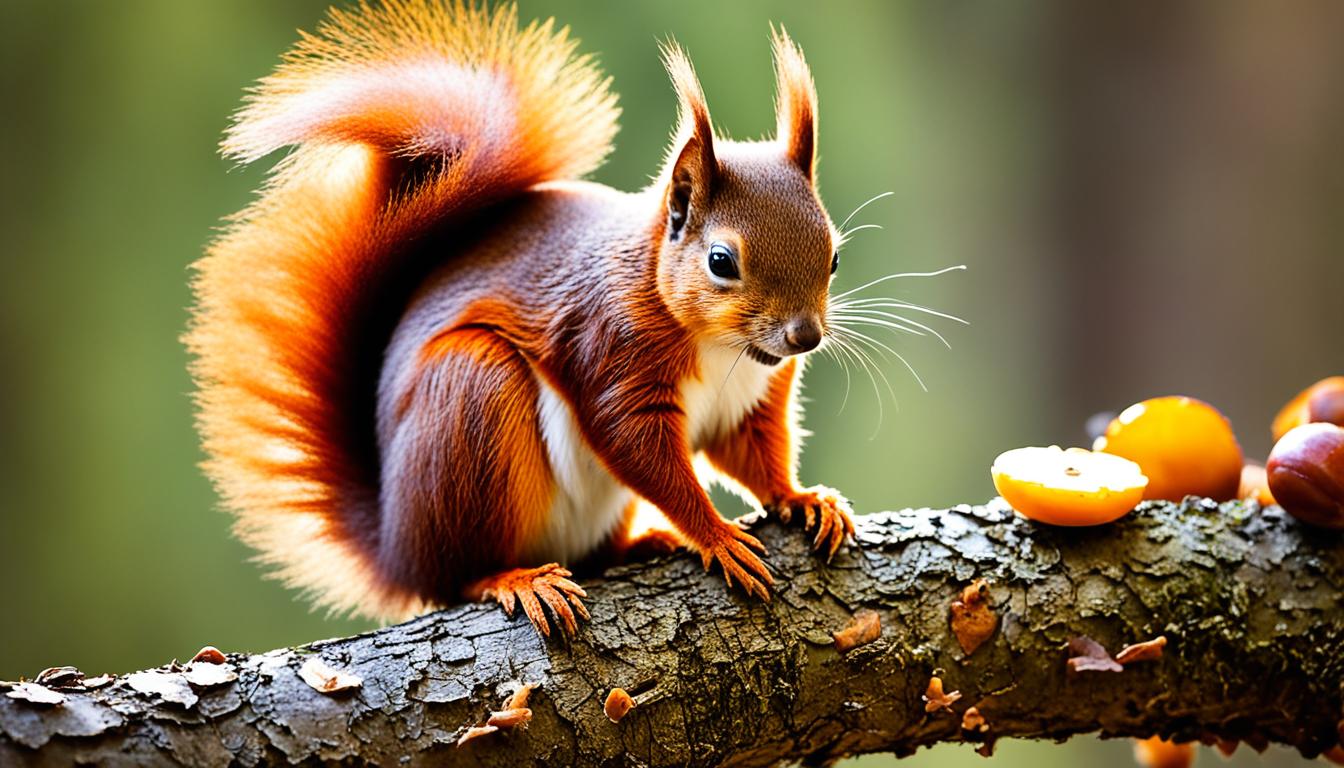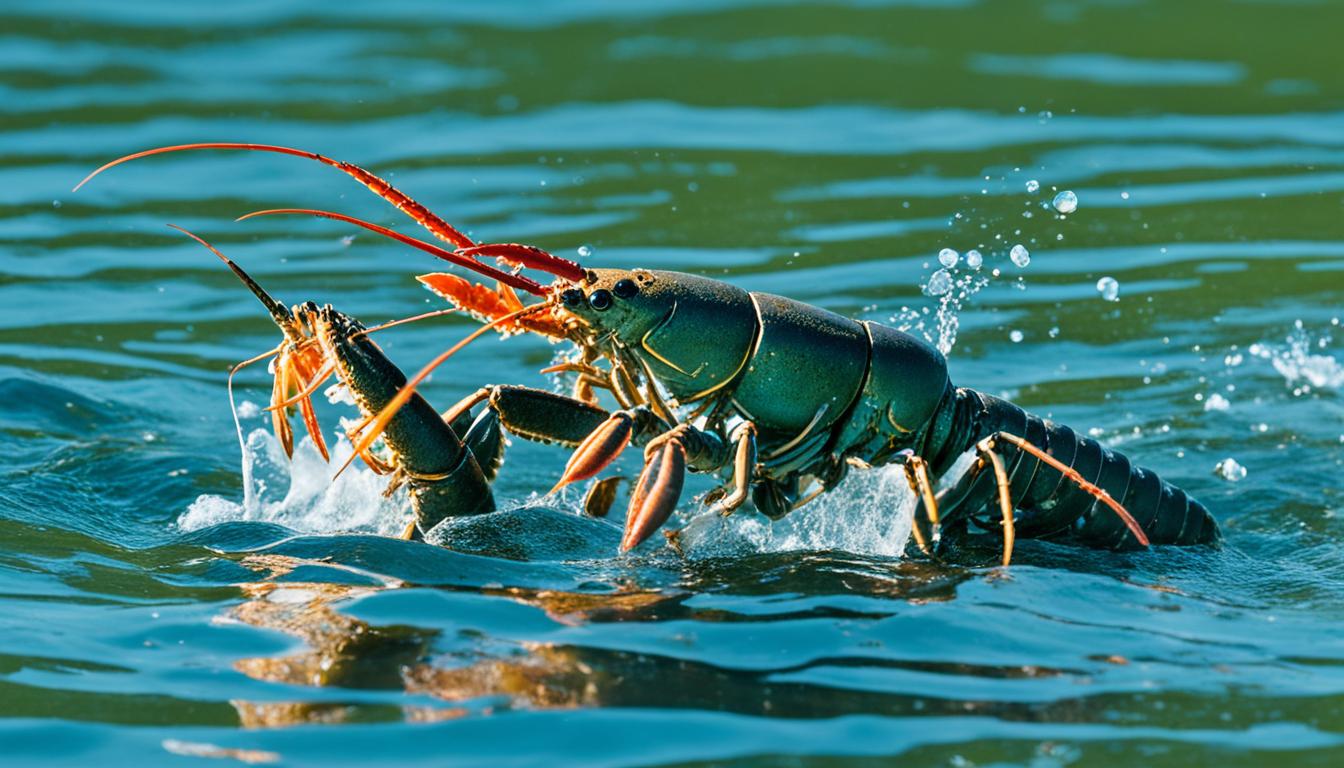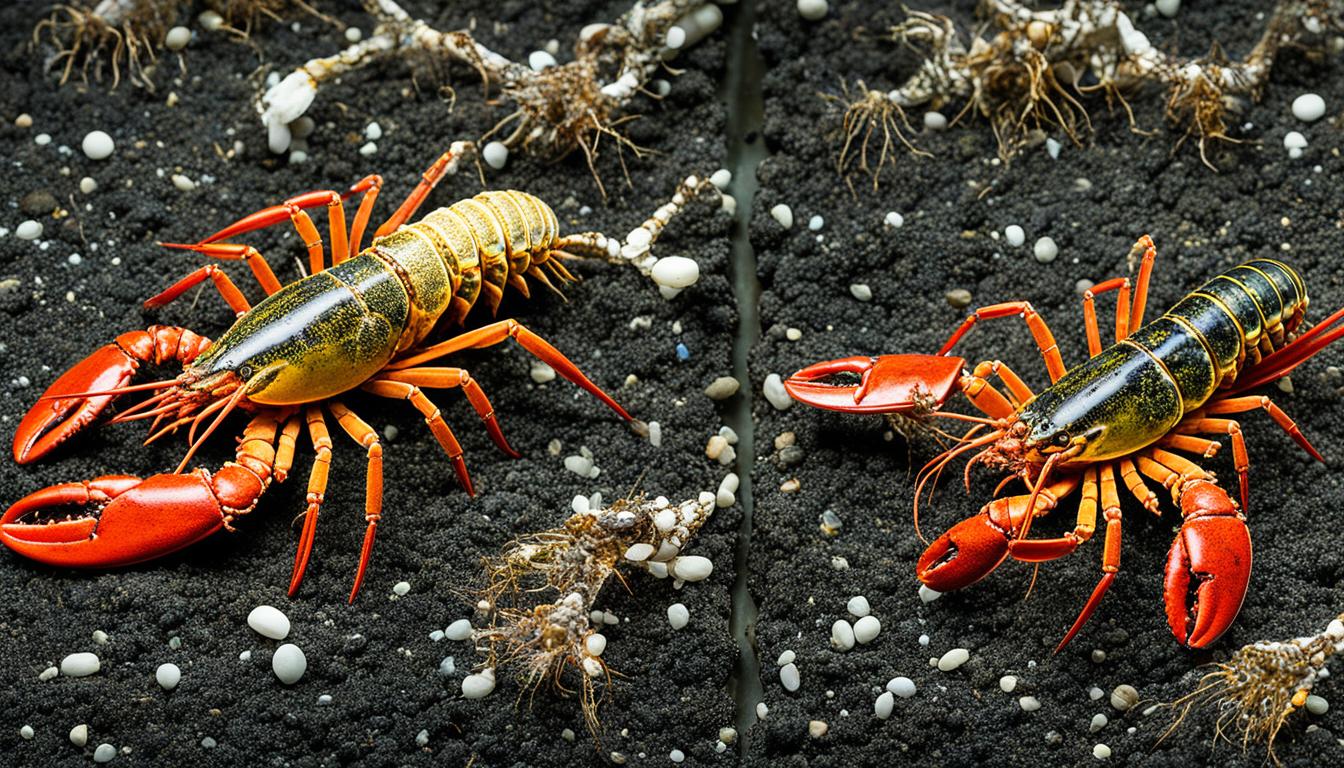Dolphins are fascinating creatures, and their diet is key to their survival and behavior. You might ask, what do dolphins eat? Knowing their diet shows us their food habits, preferences, and hunting skills. Dolphins are mostly meat-eaters and need various marine animals for nutrition. Their diet changes with the species and where they live, showing how they adapt to different places.
Dolphins eat fish like herring and salmon, but they also eat cephalopods and crustaceans. This shows how these smart mammals are great hunters. They use echolocation and work together to catch their food. Dolphins sometimes eat algae or seaweed, but it’s not their main food. Next, we’ll look into the details of what dolphins eat and how they hunt.
Dolphin Diet Overview
Dolphins eat a wide variety of foods based on their species and where they live. They are opportunistic feeders, meaning they eat what they can find. Their main foods are fish, squid, and crustaceans.
Different dolphins eat different things in different places. In cold areas, they go for fatty fish to get energy. In warm waters, they chase smaller, quicker fish to eat.
What’s available to eat affects a dolphin’s diet. Knowing this helps us protect these smart sea creatures. Dolphins change what they eat based on what’s around and their needs.
Types of Dolphins and Their Food Preferences
Dolphins are very diverse, showing different food preferences based on their species, where they live, and how they behave. Knowing what dolphins eat helps us understand their dolphin food habits and how they live in their world.
Common Dolphin Species
There are many dolphin species, each with its own food choices:
- Bottlenose Dolphins: These dolphins eat small fish, squid, and crustaceans because they can adapt to different foods.
- Orcas (Killer Whales): As top predators, they eat a wide variety of foods, from fish to seals.
- Common Dolphins: These dolphins live in big groups and mainly eat schooling fish.
Differences in Diet Based on Location
Where dolphins live affects what they eat. Dolphins near the coast often eat:
- Bottom-dwelling fish and invertebrates, which are common in shallow waters.
But dolphins in the open ocean eat:
- Squid and deep-water fish, found in the open sea.
This shows how where dolphins live changes their types of dolphins diet and dolphin food habits to match what’s available.
What do dolphins eat?
Dolphins are smart and fun to watch marine mammals. They play a big role in their ocean homes. So, what do they eat? Dolphins mainly eat fish and cephalopods.
Primary Prey: Fish and Cephalopods
Dolphins eat many kinds of fish and cephalopods. Some fish they like to catch are:
- Herring
- Cod
- Mackerel
A dolphin that weighs 200 to 250 kg eats a lot of food every day. They can eat 10 to 25 kg of fish. This shows how important fish are to the ocean. Cephalopods like squids are also key to their diet, giving them important nutrients.
Additional Marine Life in Dolphin Diet
But dolphins don’t just eat fish and squids. They also eat:
- Crustaceans
- Small sharks
- Other invertebrates
Dolphins change how they hunt based on what’s available in their home waters. This helps them stay healthy and survive in different ocean places.
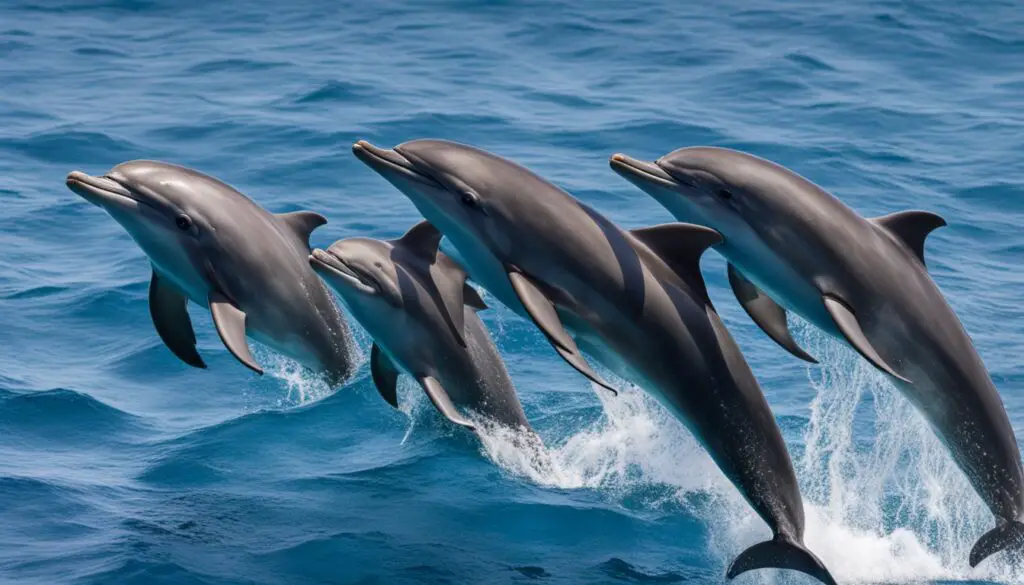
Dolphin Feeding Behavior
Dolphins show fascinating and complex ways of feeding that show how adaptable they are in different places. Their dolphin food habits include working together to hunt, showing their smarts and social skills. They use methods like herding to catch fish, making it easier to get food.
They also use “pinwheeling” to surround fish and “strand feeding” to trap fish against sandbars. These strategies show how they can change their hunting based on where they are. Their hunting is made better by their echolocation, which helps them find and catch food.
- Dolphin feeding behavior is often influenced by the type of prey available.
- Social structures among dolphins promote efficient hunting.
- Understanding their complex dolphin nutrition needs requires observation of their feeding habits.
Learning about their feeding habits helps us understand their role in the ocean. Seeing how dolphins interact with their world tells us about their health and the health of their homes. Through these dolphin food habits, we see the balance in ocean food chains.
Dolphin Nutrition Needs
Understanding dolphin nutrition is key to knowing how these smart sea creatures stay healthy. Each dolphin type has its own diet needs, shaped by where they live, their size, and how they live. Learning what dolphins need helps us see why we must protect their homes and the food they eat.
Daily Food Intake and Energy Requirements
Dolphins need a lot of food every day to stay energized. Adult bottlenose dolphins eat about 4% to 6% of their body weight in food daily. Nursing mothers might eat up to 8% of their body weight. This shows how much energy dolphins use to hunt, socialize, and move through their world.
Impact of Habitat on Nutritional Needs
Where dolphins live affects what they eat. In cold areas, they eat fatty fish to stay warm. In warm waters, they eat a variety of fish and cephalopods. These eating habits show why we need to keep studying and protecting dolphins. Changes in their environment can change their food supply and affect their health.

